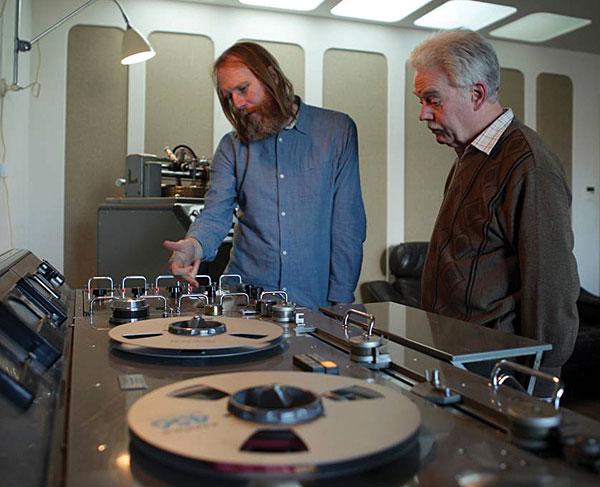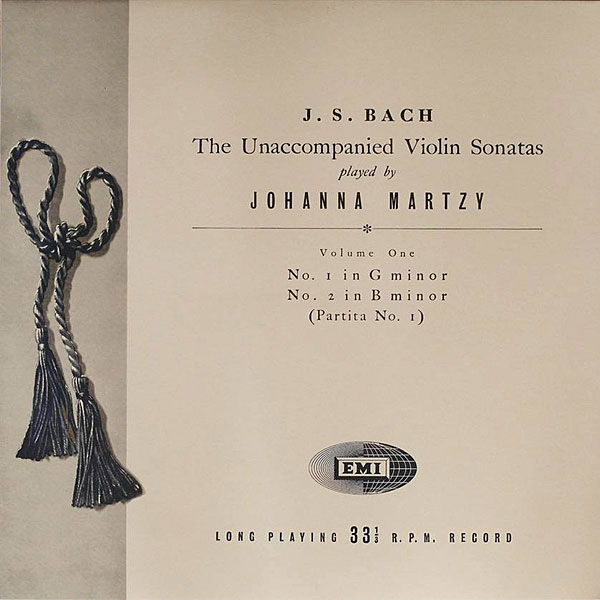| Columns Retired Columns & Blogs |
Interesting thoughts Art,
I recently began learning the basics how to do location recordings for a local community/ arts FM station.
We use a single stereo capsule mike -a Rode NT4 - or a pair of NT5 Rodes. the capulses in each are the same. The NT5s tend to be used in a close spaced version of ORTF IE 110 degrees away/apart, but on a standard stereo bar.
I have a love of coincident/near coincident stereo recordings.
While it is clearly impossible to get the same effect as live, i think it behoves recorders / engineers to not futz with the sound any more than necessary. We are NOT musicians and ascribing creativity to us is plain hubris.
In the popular genres the continutation of close mono miking mixes - once stereo came long - is a great pity IMO. The brief blip of unplugged recordings was telling, but most people no longer get how distant simple miking sounds.
Multi-miking is lossy - before we get to the recording media.







































